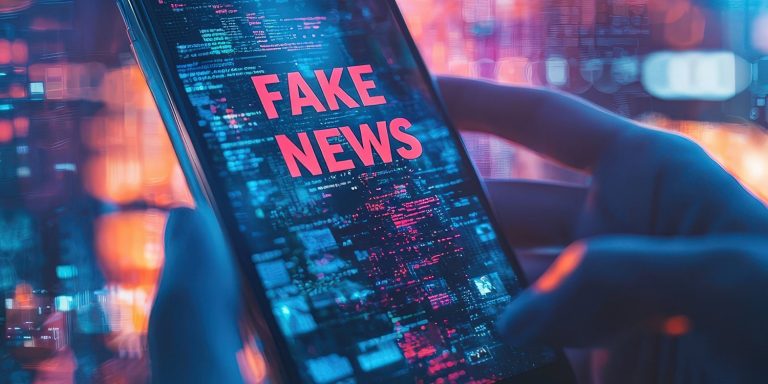Global Study Reveals Surprising Demographics Most Vulnerable to Online Misinformation
A groundbreaking international study has unveiled critical insights into the susceptibility of different demographic groups to online misinformation. Published in the journal Personality and Individual Differences, the research, involving over 66,000 participants from 24 countries, employed a standardized test to measure the ability to discern real news headlines from fabricated ones. The findings challenge common assumptions about digital literacy and highlight the complex interplay of factors influencing vulnerability to fake news. Generation Z, despite being digital natives, emerged as surprisingly susceptible, performing worse than Millennials, Generation X, and Baby Boomers. Individuals identifying as female or non-binary/third also demonstrated greater susceptibility compared to those identifying as male. Lower levels of formal education were strongly linked to lower scores on the misinformation test, reinforcing the importance of educational attainment in developing critical thinking skills.
Political Orientation and Misinformation Susceptibility: A Complex Relationship
The study also delved into the sensitive topic of political orientation and its correlation with susceptibility to misinformation. The results revealed a trend of decreasing scores with increasingly conservative political identification. Participants identifying as conservative or extremely conservative exhibited the lowest average scores on the misinformation test. This pattern persisted even when analyzing data specifically from the United States or excluding U.S. participants altogether. These findings underscore the complexities of the relationship between political ideology and information processing, suggesting that certain political leanings might be associated with a greater vulnerability to misinformation.
The Gap Between Perceived Ability and Actual Performance in Identifying Fake News
A significant aspect of the study focused on the disconnect between self-perceived ability to spot fake news and actual performance. While a general correlation existed between higher self-ratings and better test scores, the accuracy of self-perception varied considerably across demographic groups. Women, for instance, displayed a more accurate self-assessment than men, with their confidence levels closely aligning with their test results. Interestingly, Generation Z, despite their lower overall performance, showed the strongest correlation between perceived ability and actual skill in identifying misinformation. This suggests that while they might be more susceptible to misinformation, they are also more self-aware of their limitations.
The Influence of Education and Political Orientation on Self-Perception
The relationship between self-perceived ability and actual performance was also found to be influenced by education and political orientation. Participants with the highest levels of education, holding Bachelor’s or graduate degrees, were slightly less accurate in estimating their ability to discern real from fake news compared to those with high school education or less. This finding challenges the assumption that higher education automatically translates to greater accuracy in assessing one’s own skills in this domain. Furthermore, the link between self-perception and actual performance was significantly weaker for participants identifying as extremely conservative, indicating a potential overestimation of their ability to identify misinformation.
Global Variations in Misinformation Susceptibility: A Call for Cross-Cultural Research
The study also highlighted substantial variations in misinformation susceptibility across the 24 countries included in the analysis. While participants from countries like Belgium, Canada, Finland, the Netherlands, and Sweden performed similarly to those from the United States (used as the reference point), participants from the remaining countries generally scored lower. These findings underscore the need for further research to explore cultural and societal factors that may contribute to these differences. The researchers acknowledge the limitation of using an English-language test, which likely skewed the sample towards English-speaking populations. Future research involving translated and validated tests in multiple languages is crucial to gain a more comprehensive understanding of cross-cultural variations in misinformation vulnerability.
Implications and Future Directions: Addressing the Global Misinformation Challenge
The implications of this study are far-reaching, emphasizing the urgency of addressing the global misinformation challenge. Even seemingly small differences in susceptibility can have significant real-world consequences, given the constant exposure to online information and its potential impact on critical decisions. The researchers advocate for strengthening critical thinking and digital literacy skills across all populations, regardless of demographic background. They stress the importance of recognizing that everyone is vulnerable to misinformation to some degree and that continuous vigilance is crucial. Future research aims to build a more comprehensive understanding of misinformation susceptibility globally, informing targeted interventions to empower individuals and organizations to resist the spread of fake news. This research serves as a crucial step towards a more informed and resilient society in the face of the ever-evolving landscape of online information.


